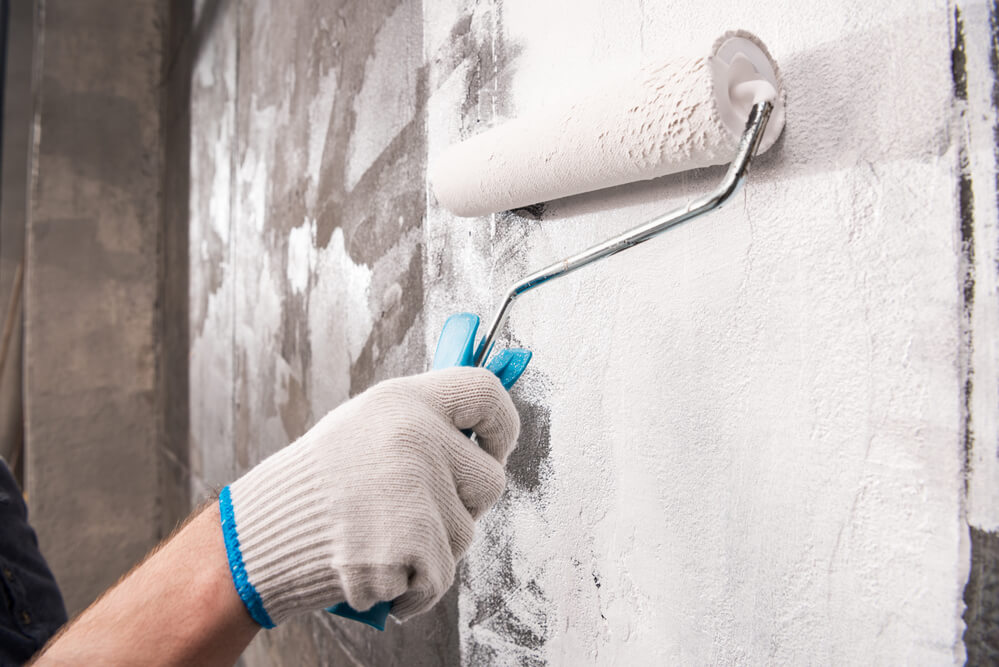How to Cover Wallpaper


If you still have wallpaper in your home, one of the easiest ways to modernize it is by covering or removing it. Wallpaper can often be dated, with old school patterns and unflattering colors.The task of covering it up involves some preparation, though. You should not simply paint directly over wallpaper, as this can lead to a terrible and uneven end result. Ripping it down without proper preparation can also be a messy task with lackluster results. How do you know when and how to properly upgrade your walls? The Painting Specialist, a group of painters and decorators in London, has shared some guidelines to follow if you are thinking about making the switch.
The first step to painting over existing wallpaper is to make sure that you are starting with the most even texture that you can. DIY Network explains that, normally, older wallpaper contains loose edges. These loose edges will become your best friend, as they are clear areas that signal you will need to perform some maintenance before you begin painting. Simply glue down these corners and edges, allowing them to fully dry. After this is done, you will need to clean your walls. This sounds counterproductive, but even the smallest particles of dust can create texture problems. Here are a few things you can do to make sure you are starting with the cleanest surface possible:
Behr has some tips that are useful when you begin painting over your wallpaper. They suggest that you use an oil-based primer on your clean surface. This will properly hold the paint that you put on top of it. Tape off the perimeter of your room, ensuring that you do not accidentally get paint on your molding, ceiling, or floorboards. With a tarp or drop cloths, protect the surface of your floors from any dripping paint.
Using a paintbrush, start at a top corner and work on painting the perimeter of the room. This will make it easier for you when you start using a roller brush. Using long, even strokes, continue this until you have worked your way around the entire room. After this, you can switch over to your roller brush; this brush will save you a lot of time. Using a paint tray, roll your brush inside until the whole thing is covered with paint. Again, the trick to a smooth result is long, even strokes with the brush. When working with this type of brush, it is best to use a “W” formation while painting. This covers the most area for the amount of paint that you will have in the bristles.
Once you are finished filling in your “W” shapes, you are going to want to make sure that you join these areas with the area around the perimeter that you have already painted with the regular brush. Do this from top to bottom, until you have created floor-length columns of paint. This will ensure that every area gets fully blended into the next. Wait until the first layer of paint is completely dry, and then determine if the opacity is what you would like it to be. You can repeat the whole process again by adding a second, or even third, layer of paint.
If you decide that it would be too much maintenance to secure and clean existing wallpaper before you paint, you might want to consider removing it entirely. Lowe’s recommends that you take the following steps. First, you need to determine if you have strippable wallpaper or not. Newer wallpaper is made to be strippable. You can find out by prying up one edge, and simply pulling up. It should come free with no problem in a long strip.
For those who do not have this type of wallpaper, you will need to get the wallpaper wet first. This will break the coating and make it easier for you to pull the wallpaper off the walls. If you notice that any of your drywall or plaster is coming up with the wallpaper, stop immediately. A scoring tool can also make the job easier. With this tool, you can create small holes in the paper so that the water can seep in fully.